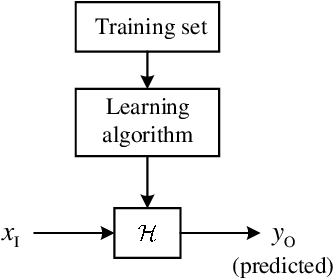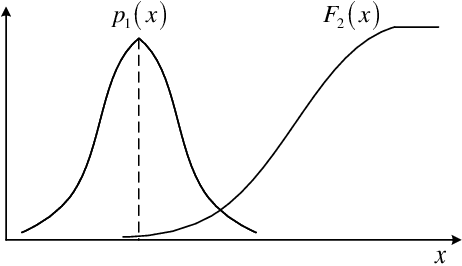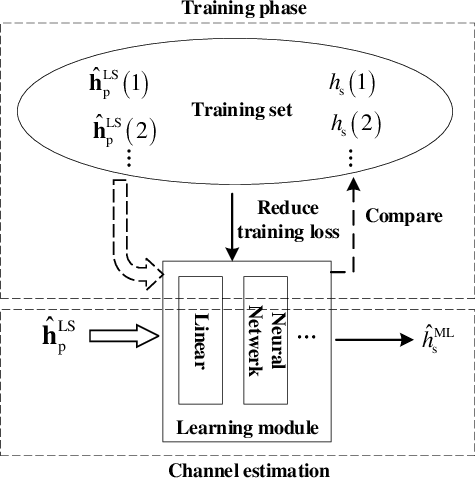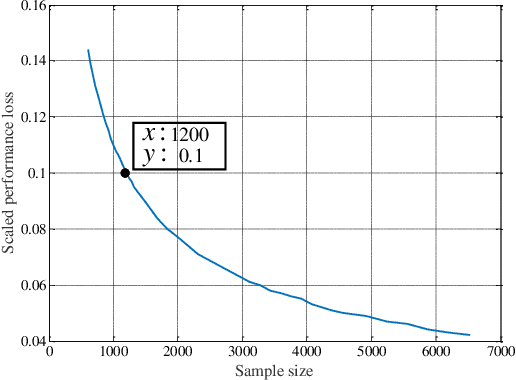Machine Learning Based Channel Estimation: A Computational Approach for Universal Channel Conditions
Paper and Code
Nov 10, 2019



Recently, machine learning has been introduced in communications to deal with channel estimation. Under non-linear system models, the superiority of machine learning based estimation has been demonstrated by simulation expriments, but the theoretical analysis is not sufficient, since the performance of machine learning, especially deep learning, is hard to analyze. This paper focuses on some theoretical problems in machine learning based channel estimation. As a data-driven method, certain amount of training data is the prerequisite of a workable machine learning based estimation, and it is analyzed qualitively in a statistic view in this paper. To deduce the exact sample size, we build a statistic model ignoring the exact structure of the learning module and then the relationship between sample size and learning performance is derived. To testify our analysis, we employ machine learning based channel estimation in OFDM system and apply two typical neural networks as the learning module: single layer or linear structure and three layer structure. The simulation results show that the analysis sample size is correct when input dimension and complexity of learning module are low, but the true required sample size will be larger the analysis result otherwise, since the influence of the two factors is not considered in the analysis of sample size. Also, we simulate the performance of machine learning based channel estimation under quasi-stationary channel condition, where the explicit form of MMSE estimation is hard to obtain, and the simulation results exhibit the effectiveness and convenience of machine learning based channel estimation under complex channel models.
 Add to Chrome
Add to Chrome Add to Firefox
Add to Firefox Add to Edge
Add to Edge